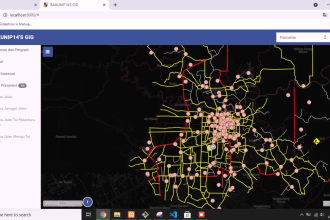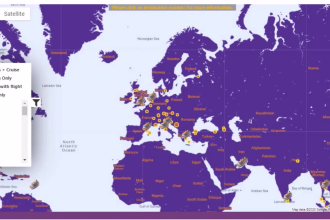Browse categories
Geographic Information Systems (GIS)
Organizes information into visualizations using maps and 3D scenes.
|1,600+ Results
Sort by:

Pro
I will do expert gis mapping, geospatial and satellite analysis
From $200
Offers video consultations

Pro
I will do all your gis tasks, analysis, web mapping, location apps, 3d maps
From $300
Offers video consultations
Top Rated
I will do gis mapping, interactive mapping, web gis solutions, maps
From $250
Offers video consultations
Geographic Information Systems (GIS) FAQs
How do I do GIS mapping?
To do GIS mapping, you will need to: Choose a GIS software program. There are many different GIS software programs available, both free and paid. Some popular options include ArcGIS, QGIS, and Google Earth Engine. Collect spatial data. Spatial data is data that has a geographic location, such as street maps, satellite imagery, or census data. You can collect spatial data from a variety of sources, such as government agencies, open data websites, or commercial data providers. Load the spatial data into your GIS software program. Once you have collected spatial data, you will need to load it into your GIS software program. This will allow you to create and analyze maps. Create a map. Once the spatial data is loaded into your GIS software program, you can start creating maps. You can use the spatial data to create different types of maps, such as choropleth maps, thematic maps, and point density maps. Analyze the map. Once you have created a map, you can start analyzing it to identify patterns and trends. You can use a variety of GIS tools to analyze maps, such as spatial analysis tools, geostatistical analysis tools, and network analysis tools. Share the map. Once you have analyzed the map, you can share it with others. You can share the map as a printed map, a digital map file, or a web map.
What are GIS mapping services?
GIS mapping services are services that provide you with tools and data to create and share maps. GIS mapping services can be used for a variety of purposes, such as: Visualizing data to identify patterns and trends Making decisions based on spatial data Communicating information to others in a clear and concise way GIS mapping services are typically offered by commercial companies, but there are also some free GIS mapping services available. Some popular GIS mapping services include ArcGIS Online, Google Maps Platform, and Mapbox.
What are GIS online services?
GIS online services are GIS mapping services that are available over the internet. GIS online services can be used to create and share maps without having to install any software on your computer. GIS online services typically offer a variety of features, such as: A variety of base maps to choose from The ability to add and remove layers to your map The ability to create and share custom maps The ability to analyze spatial data GIS online services can be used for a variety of purposes, such as: Creating maps for presentations and websites Creating maps for business and government use Creating maps for personal use, such as planning a vacation
What are the benefits of using GIS mapping services?
There are many benefits to using GIS mapping services. Some of the key benefits include: Expertise: The services can provide you with access to GIS experts who have the knowledge and experience to create high-quality maps and analyze your data effectively. Resources: By getting these services you can have access to a variety of resources, such as software, data, and hardware, that can be expensive and time-consuming to acquire on your own. Scalability: GIS service providers can scale their services to meet your needs. This can be especially beneficial if you have a large or complex project.
What are some common use cases for GIS mapping services?
GIS mapping services can be used for a variety of purposes, such as: Business: Businesses can use GIS mapping services to improve customer service, make better marketing decisions, and optimize their operations. Government: Government agencies can use GIS mapping services to improve public safety, manage infrastructure, and plan for the future. Academia: Academic researchers can use GIS mapping services to conduct research and share their findings with the world.
How to choose a GIS mapping service provider?
When choosing a GIS mapping service provider, it is important to consider the following factors: Expertise: Make sure the provider has the expertise to meet your specific needs. Resources: Make sure the provider has the resources to complete your project on time and within budget. Communication: Make sure the provider is communicative and easy to work with.





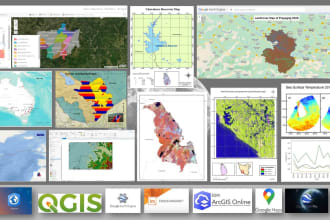

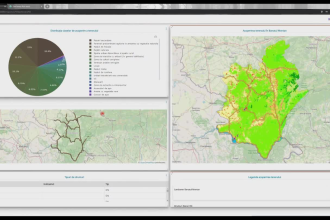
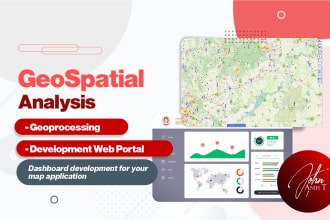

.png)
